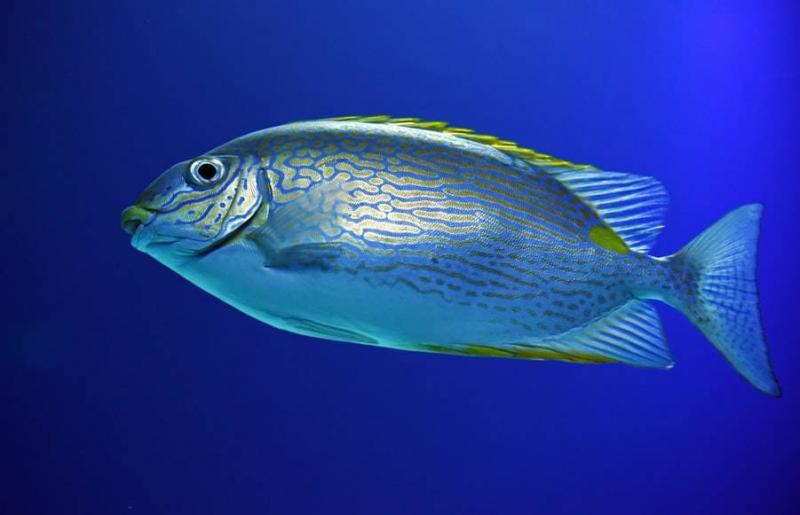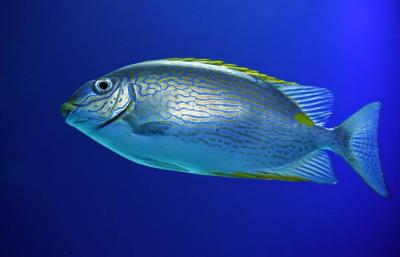The authorities in the El Tarf province of Algeria have warned citizens about highly toxic fish after they appeared near some of the province's shores. The newspaper "An-Nahar" reported from the Directorate of Fisheries and Aquaculture in El Tarf that the appearance of the poisonous rabbitfish is extremely dangerous. According to the newspaper, this type of fish was found during a fishing expedition a few days ago, indicating that necessary measures have been taken to educate and inform fishermen and consumers about its dangers. The Directorate of Fisheries in El Tarf has requested that fishing vessel owners report when they catch this dangerous type of fish.
Health experts say that a single fish of this species contains enough venom to kill 100 people if consumed, particularly if the toxic glands are not meticulously removed. They explained that the poison from this fish is of the type known as tetrodotoxin, which accumulates in three different areas of its body: under the skin, near the organs, and alongside the spine. Additionally, the liver of this fish is highly toxic. They noted that toxic substances also accumulate in the fish's teeth due to the decomposition of its diet, which includes a type of toxic green algae.
The website "Al-Hurra," quoting the newspaper "The Guardian," reported that the toxic rabbitfish migrated from the Red Sea to the Mediterranean after the opening of the Suez Canal in 1869, reaching Greek waters by 1964. In recent years, the rabbitfish has begun to proliferate in the waters around Linosa Island in Italy, where it consumes underwater vegetation. According to the British newspaper, climate scenario models indicate that the western Mediterranean will increasingly become habitable for tropical fish, in addition to the southern Adriatic coast and the southwestern Italian coast.
Such warnings have been repeated in recent years; for example, in 2014, the Ministry of Fisheries warned of the spread of the toxic rabbitfish along the entire Algerian coastline. Media reports at that time mentioned a state of panic among local fishermen after the Consumers' Federation confirmed that samples of this fish had entered the markets due to the ignorance of its nature by novice fishermen, prompting the Ministry of Agriculture to enhance veterinary monitoring in the ports.




